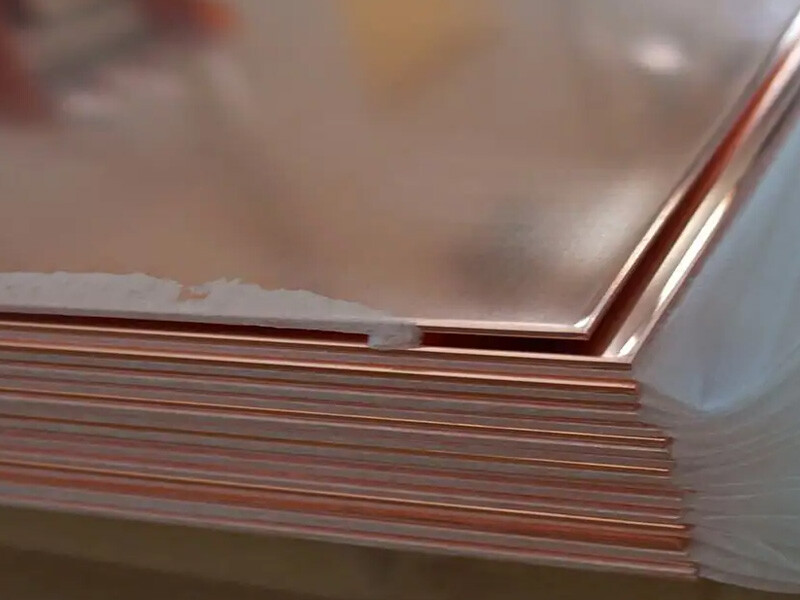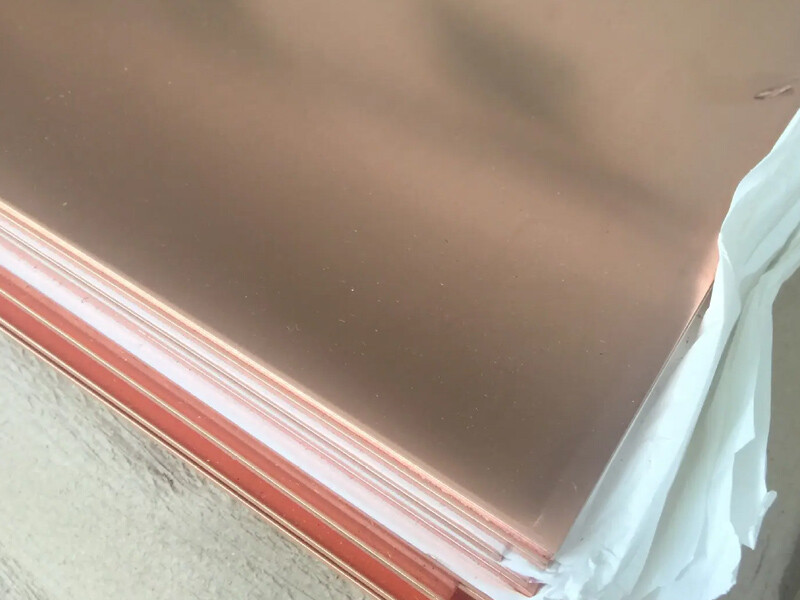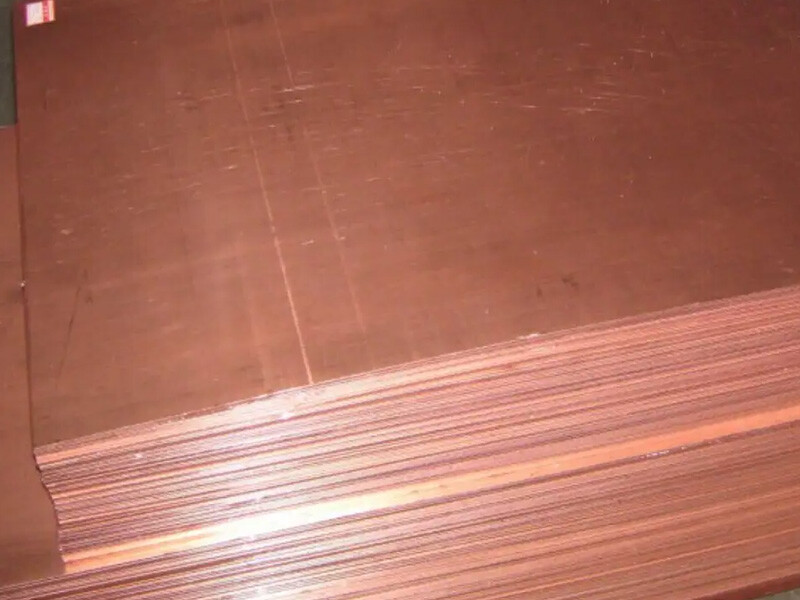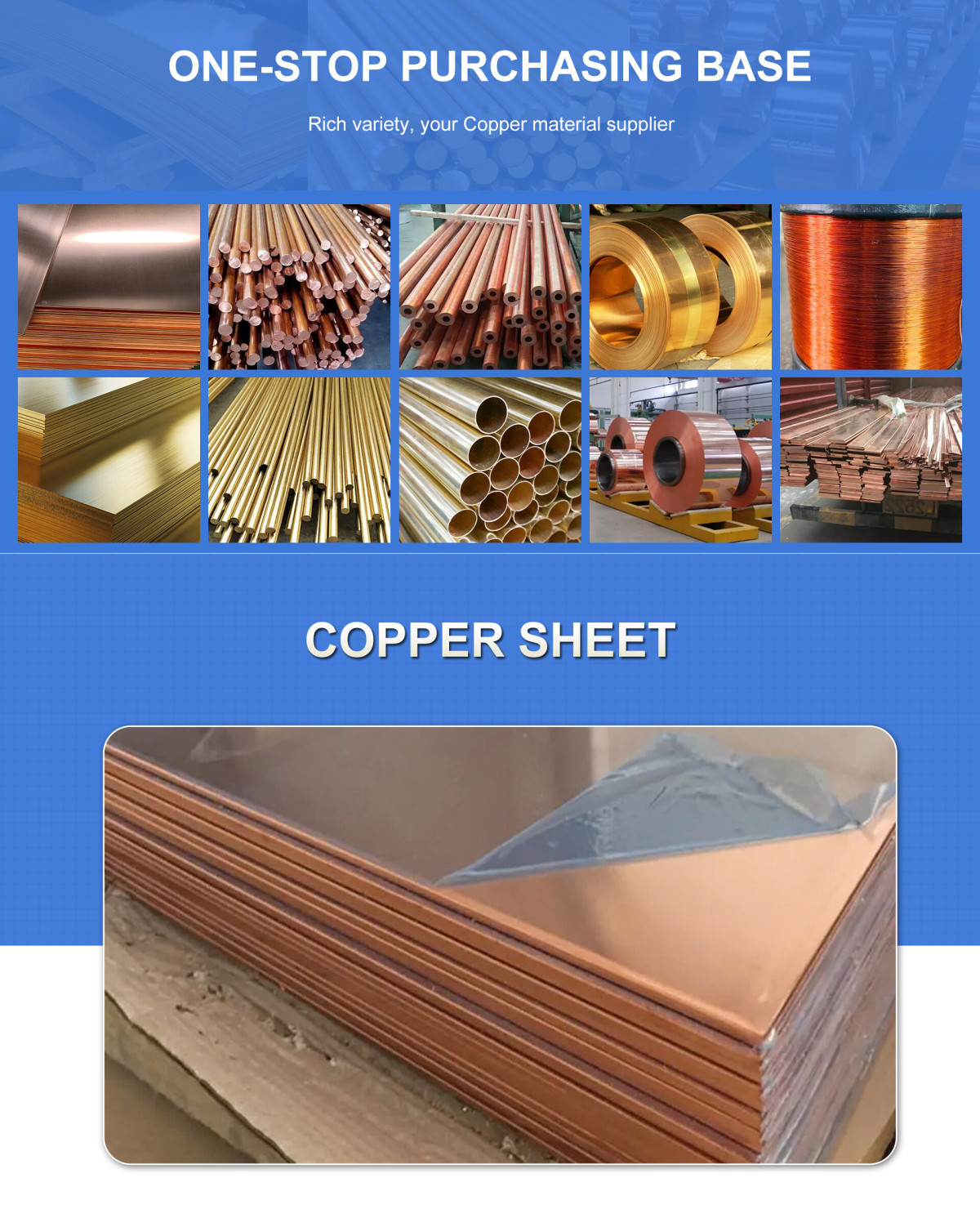
Size range
Thickness:
Standard spot thickness: ≥1mm (commonly 2~50mm).
Customizable thickness: up to 200mm.
Width and length:
Standard plate: width ≤200mm, length ≤300mm
Customized plate: Acceptable width 100~390mm, length 100~500mm, special requirements such as modular sizes such as 100×100mm, 200×300mm.
Special shape: Supports customized strips, rings and other special-shaped parts, width ≤390mm, length ≤500mm.
III. International and domestic standards
International standards:
ASTM B702: Covers the chemical composition, mechanical properties and dimensional tolerances of tungsten copper alloy plates.
ASTM E285-08: Used for thermal performance testing (such as aerospace material evaluation).
Chinese standard:
GB/T 17793-2010: specifies the allowable deviation of the dimensions of copper and copper alloy plates (such as width tolerance, straightness, etc.).
Some corporate standards: For example, Shaanxi Xinheng's plates comply with ISO9001:2008.
Chemical composition
Main components:
Tungsten (W): about 80% (mass fraction).
Copper (Cu): about 20% (mass fraction). The copper content in some literature is marked as 20-30% or 28-32%, which may be related to specific process standards. For example, the copper content of CUW80 (corresponding to W80Cu20) is 28-32% and the balance is tungsten.
Impurities: Total ≤ 0.5%, including trace amounts of Fe, C, Ni, etc.
Mechanical properties
Basic properties:
Density: 15.15 g/cm³, but different processes may affect the density (e.g., the relative density of ordinary sintering is 96.3%, which can reach 99.1% after adding graphene).
Hardness: Brinell hardness (HB) is about 220, Vickers hardness (HV) is 185. Compression deformation can significantly increase the hardness, up to 200%.
Flexural strength: A wide range, from ≥220 MPa to 790 MPa, which may be related to the test method or material state (such as sintering process, additives).
Electrical and thermal properties:
Electrical conductivity: ≥34% IACS (International Annealed Copper Standard), some studies show that the electrical conductivity is 19.72 M·S/m (about 34% IACS).
Resistivity: ≤5 μΩ·cm.
Thermal conductivity: 190-210 W/(m·K), which can be increased to 264 W/(m·K) after adding graphene.
Thermal expansion coefficient: 8.0-8.5×10⁻⁶/K.
High temperature performance:
Softening temperature: 900℃, suitable for high temperature environment (such as rocket engine throat material).
Anti-welding: Excellent, suitable for high voltage discharge scenarios such as electrical contacts.
3. Effect of special processes on performance
Additives and sintering technology:
Adding 0.8wt.% copper-coated graphene (Cu@Gr) can increase the electrical conductivity to 38.512 M·S/m (about 66% IACS), and the thermal conductivity reaches 264 W/(m·K).
The ultrafine grain (UFG) preparation process can optimize the microstructure and improve the dynamic mechanical properties.
Processing performance:
Friction welding technology can achieve efficient connection with pure copper, the joint strength is equivalent to that of pure copper, the grains are fine, and the heat-affected zone is thin.
Compression deformation can significantly increase the hardness, and the copper phase is strengthened by dislocation entanglement.
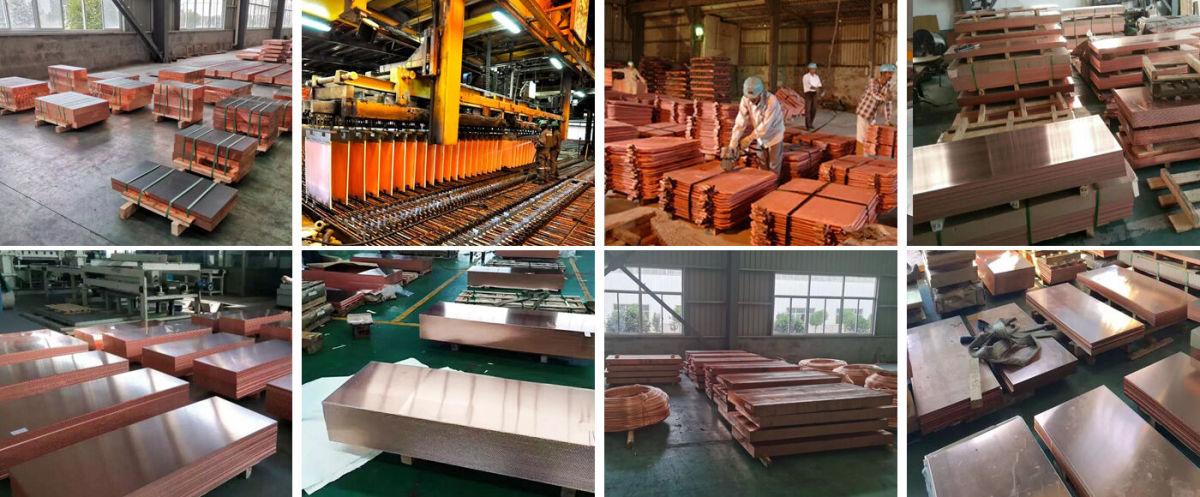
W80Cu20 (also known as CuW80 or CuW20, the naming difference comes from the ratio expression method) is a tungsten-copper alloy material, production process and product advantages:
1. Production process
Powder metallurgy method:
Powdering and mixing: Use high-purity tungsten powder (W) and oxygen-free copper powder (Cu), and mix them in a ratio of 80% tungsten and 20% copper to ensure uniform composition.
Pressing and forming: The mixed powder is pressed into a blank through isostatic pressing technology to ensure the density and shape accuracy of the material.
High-temperature sintering and copper infiltration: Sinter the tungsten skeleton at high temperature, and then fill the copper into the pores of the tungsten skeleton through the melt infiltration process to form a dense structure. Some processes use a two-step melt infiltration method (sintering the tungsten skeleton first and then infiltrating copper). Compared with the one-step method, its microstructure is more uniform and its arc erosion resistance is better.
Cold processing: The sintered material is further processed into finished products such as plates and bars through cold rolling, milling and other processes.
Friction welding technology:
For composite parts, friction welding technology can be used to connect pure copper to W80Cu20 alloy. The joint strength is equivalent to that of the copper matrix, the grains are fine and the heat-affected zone is thin, the efficiency is high and the cost is low.
2. Product advantages
Excellent comprehensive performance:
High temperature resistance and arc ablation resistance: The high melting point of tungsten (3410℃) and the endothermic evaporation characteristics of copper make it perform well in high temperature environments (such as rocket nozzles and spark electrodes) and can withstand extreme heat loads.
Electrical and thermal conductivity: Copper's high electrical conductivity (54-27% IACS) and thermal conductivity (thermal conductivity 27-49 W/mK) make it suitable for high-power electronic packaging, radiators and other scenarios.
Mechanical strength: Flexural strength reaches 3.2-6.5 MPa, hardness 115-260, and has both high wear resistance and resistance to plastic deformation.
Processing adaptability:
Easy processing: The material can be processed into complex shapes through grinding, milling and other processes, and the surface treatment is flexible (such as nickel/gold plating), which can meet the needs of precision parts.
Thermal expansion matching: By adjusting the tungsten-copper ratio, the thermal expansion coefficient (5.6-7.0×10⁻⁶/K) can be adjusted, which is compatible with materials such as ceramics and semiconductors and is suitable for electronic packaging substrates.
Wide application areas:
Electrode machining: In EDM, W80Cu20 electrode has low loss rate (only 8.33%), high processing efficiency (highest MRR), and excellent surface quality.
Aerospace and military industry: used for high-temperature components such as missile gas rudders, rocket engine nozzles, and high-power RF device packaging.
Electronics and power: As a high-voltage switch contact and lead frame material, it has both arc resistance and thermal conductivity.
Q1:Do you provide samples? Is it free or extra?
A1:Yes, we can provide samples free of charge and the customer will pay the freight.
Q2:What if I don't have export experience ?
A2:We have reliable forwarder agent which can ship items to you by sea/air/Express to your doorstep. Any way, we will help you choose the most suitable shipping service.
Q3:How long is your lead time?
A3:If it is in stock, it is usually 5-10 days. Or, if there is no inventory, 15 days, depending on the quantity.
Q4:What are your terms of payment?
A4:30% T/T deposit in advance, 70% T/T balance within 5 days after B/L copy, 100%.Irrevocable L/C at sight, 100% Irrevocable L/C after receive B/L 30-120 days, O/A.
Q5:How is your technical support?
A5:We provide lifetime online support through Whatsapp/ Skype/ Wechat/ Email. Any problem after delivery, we will offer you call anytime.
Welcome To Your Inquiry
What can we help you?
RELATED PRODUCTS






